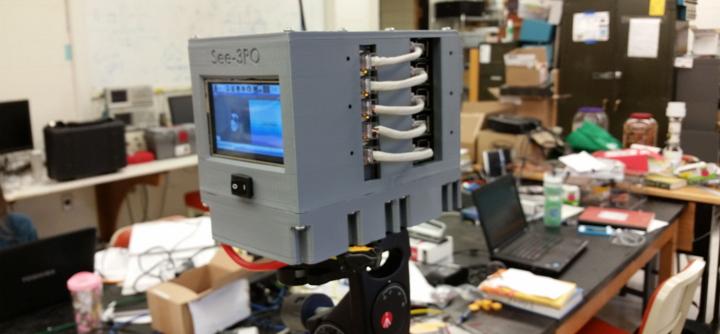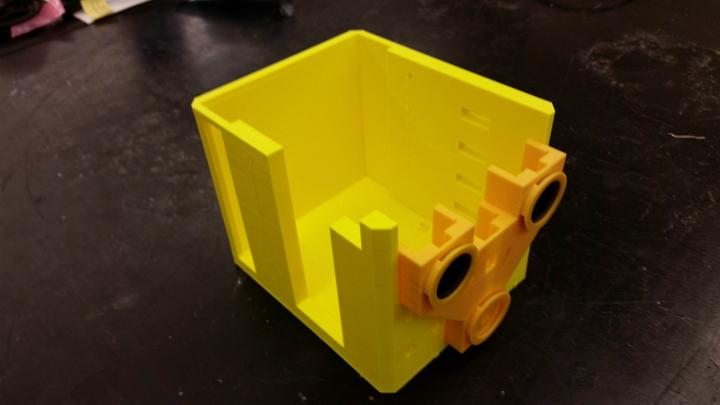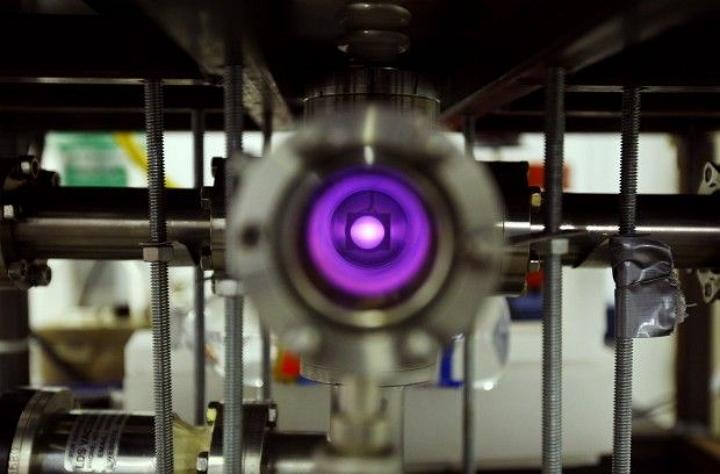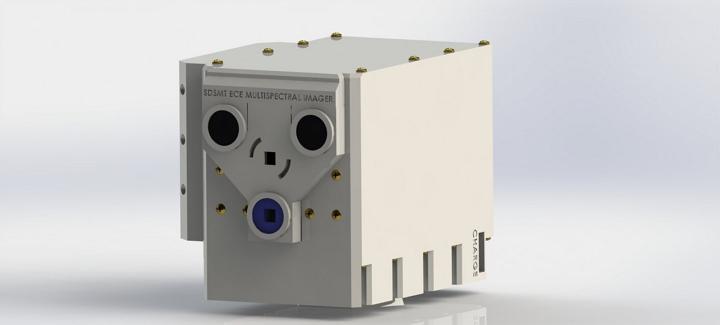 Conrad Farnsworth grew up in small town in Wyoming, and a loss at science fair spurred his desire to take on a whole range of science-oriented projects. He calls himself a “fusioneer, gun nut, electrical engineering student, maker, inventor, and handyman,” and he currently attends the South Dakota School of Mines and Technology as an electrical engineering student.
Conrad Farnsworth grew up in small town in Wyoming, and a loss at science fair spurred his desire to take on a whole range of science-oriented projects. He calls himself a “fusioneer, gun nut, electrical engineering student, maker, inventor, and handyman,” and he currently attends the South Dakota School of Mines and Technology as an electrical engineering student.
Back in 2008, Farnsworth says he received his first 3D printer – a MakerBot he named HAL9000 – and since then he’s designed and printed a variety of projects on other machines.
As an aside, he’s also built a nuclear fusion reactor in his dad’s garage with parts he ordered online. Farnsworth’s homemade reactor didn’t take home the prize an ISEF competition, but it did capture lots of attention and motivated him to continue his studies.
That’s why Farnsworth ultimately took on a challenge posed by one of his professors.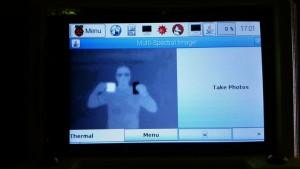
“My professor really wanted a multispectral imager and I really needed a summer project,” Farnsworth says. “This turned out to be a really interesting challenge of system engineering, programming, and electrical engineering. I 3D printed the first prototype out of an obnoxious yellow plastic. Right now, we’re working on upgrading to fit a battery system and better enclose the electronics.”
He calls it the “Swiss Army Knife of Imaging,” and he says the unit is much more capable than a standard camera. The design includes no fewer than four separate imagers, three of which can be using with various filters. The fourth of the imaging capabilities, a FLIR Lepton camera for thermal imaging, can capture various heat spectrums. Farnsworth’s device can be used for multispectral imaging and the cluster of cameras forms a synthetic aperture which allows it to “see” a target around various obstacles. 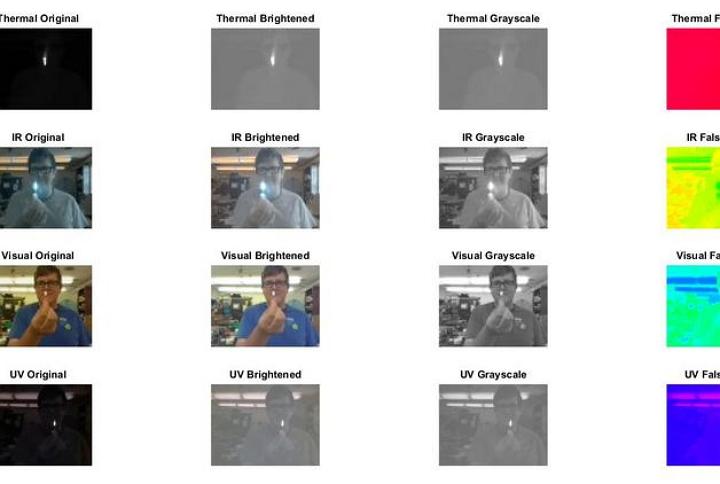
“The potential for this unit is endless and the fact that it can be 3D printed and assembled using readily available and cheap parts allows otherwise expensive technology into the hands of the layman,” Farnsworth says.
He adds that the modular system allows users to “hot swap” various components, and as the unit functions as a synthetic aperture, filters can be removed to allow it to take on three-dimensional imaging tasks.
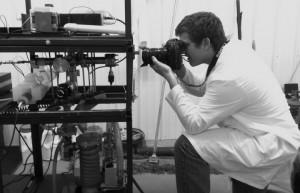 The imager uses five Raspberry Pi computers, a TP-Link switch, a FLIR Lepton, Raspberry Pi NoIR cameras, an 8000mAh battery and some custom circuitry to provide power to the unit.
The imager uses five Raspberry Pi computers, a TP-Link switch, a FLIR Lepton, Raspberry Pi NoIR cameras, an 8000mAh battery and some custom circuitry to provide power to the unit.
The final design only required two iterations of the mechanical construction, and it can all be 3D printed and assembled using common bolts and a screwdriver. All the components were fabricated with a MakerBot from ABS plastic.
You can download all the parts to print your own from Thingiverse or check out detailed build documentation for the Multispectral Imager on Hackaday.
Subscribe to Our Email Newsletter
Stay up-to-date on all the latest news from the 3D printing industry and receive information and offers from third party vendors.
You May Also Like
NSF Awards Kentucky $1M for Advanced Manufacturing
The National Science Foundation has awarded a $1 million grant to the University of Louisville for the Advancing Manufacturing and Building Construction Technologies (NSF AMT) project. This initiative is part...
3D Printing News Briefs, May 11, 2024: 3D Printed Stent, Tower, Sculptures, & More
We’re starting off with medical research in today’s 3D Printing News Briefs, as researchers in Korea used CT images and 3D printing to fabricate an educational simulator for a mastoidectomy....
3D Printing Unpeeled: Wind Turbines, Probiotics and Lenses
TPI Composites, ORNL and Ingersoll Rand are working to make wind turbine tooling segments that can be 18.3 meters long. These elements also include resistive wires that help keep the...
Tethon 3D Releases Cost-effective Bioprinter
Tethon 3D, known for its ceramic-loaded DLP materials, custom resins, and DLP 3D printers, has recently released a bioprinter. Vat polymerization printers like DLP systems have been widely used by...


